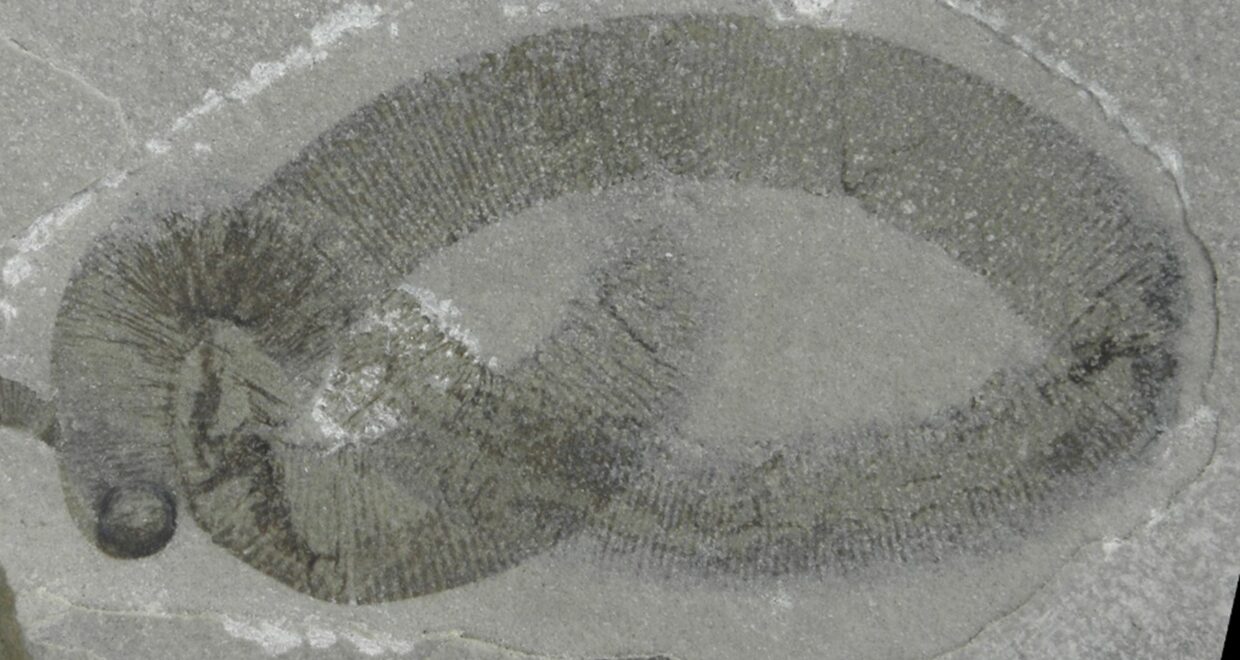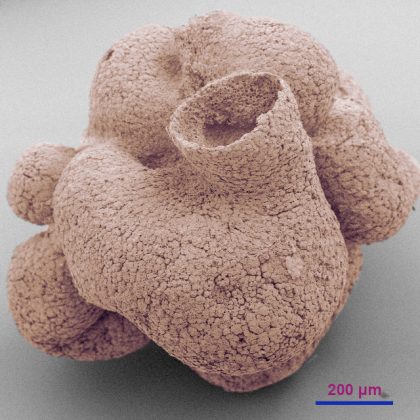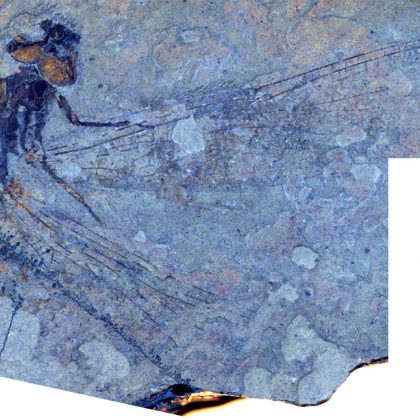Earliest, 437 million year old, putative leech is not what it seems

The Brandon Bridge Formation Lagerstätte (site of exceptional fossil preservation) also known as the Waukesha Biota, from Wisconsin, is noteworthy for being one of the best sources of soft-bodied early Silurian fossils. It significantly informs on the true biotic diversity of early Silurian seas, 437 million years ago. Other than trilobites, heavily mineralized organisms are rare or absent, but an unusual set of conditions preserves noncalcified dasycladalean algae, sponges, conulariids, graptolites, polychaetes, palaeoscolecids, a conodont animal, lobopodian, phyllocarids, ostracodes, a thylacocephalan, synziphosurine, and several enigmatic arthropods. Their exceptional preservation was largely due to tidal conditions and/or microbial entombment. Soft tissues (limbs, eyes and guts) are preserved in some of the arthropods, worms, lobopodian and conodont animal.
One large worm (~160 mm long), known from a single compression, bears numerous annulations on its cuticle and a large circular structure at one end. In 1985, when the Waukesha Biota was formally announced, this fossil was attributed to a possible leech. While it has been debated since that time, many authors still favor the leech interpretation, which, if deemed correct, would make this species one of only about five possible fossil leech species known to date (although we point out that none of those fossils is convincingly a leech), and this fossil could be used as a calibration point for molecular-clock analysis of leech phylogenetics. The origin of leeches would be pushed back at least 130 million years.
In our study, we present the evidence refuting the suggestion that this fossil from Waukesha may be the oldest leech. We also conclude that it is more likely a molt of a cycloneuralian—a group of molting worms that includes ‘mud dragons,’ loriciferans, priapulids, nematodes (‘roundworms’), and ‘horsehair worms.’
Not the first leech: An unusual worm from the early Silurian of Wisconsin, by Simon Braddy, Kenneth Gass, and Michael Tessler, has been published in the Journal of Paleontology, published by Cambridge University Press on behalf of the Paleontological Society. The article has been made freely available for a limited time.
Cycloneuralia incertae sedis from the early Silurian Brandon Bridge Formation Lagerstätte of Wisconsin. Image courtesy of the University of Wisconsin Geology Museum.





